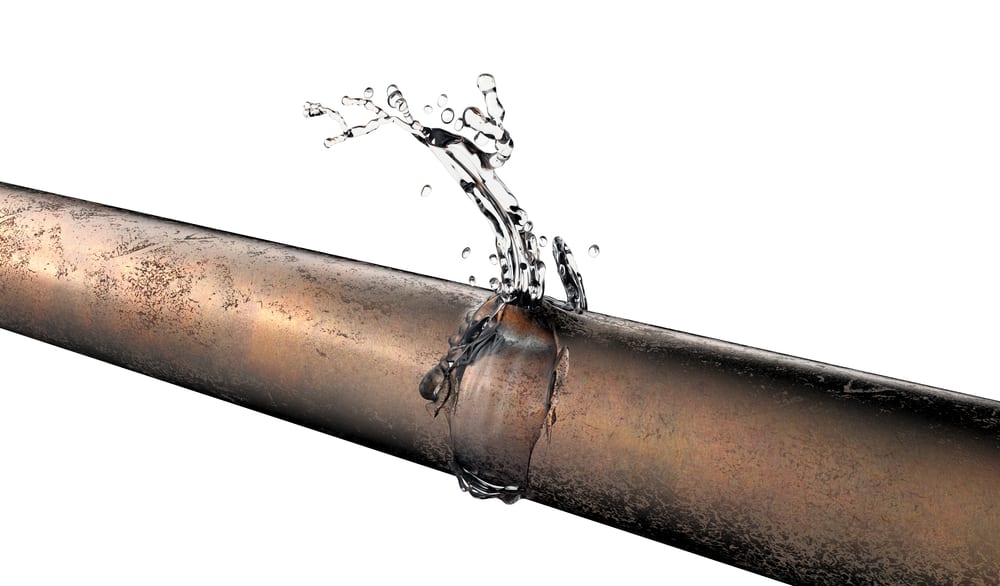Six Methods to Identify Hidden Water Line Leaks Efficiently
Six Methods to Identify Hidden Water Line Leaks Efficiently
Blog Article
They are making a number of good pointers on Finding hidden leaks overall in this article on the next paragraphs.
.jpg)
Early detection of dripping water lines can minimize a possible disaster. Some small water leaks might not be noticeable.
1. Analyze the Water Meter
Inspecting it is a proven means that aids you uncover leakages. If it moves, that indicates a fast-moving leakage. This indicates you may have a slow leak that could also be below ground.
2. Inspect Water Intake
Analyze your water bills as well as track your water usage. As the one paying it, you ought to notice if there are any type of disparities. If you detect sudden changes, despite your intake being the same, it implies that you have leaks in your plumbing system. Remember, your water bill should fall under the very same variety on a monthly basis. An abrupt spike in your bill suggests a fast-moving leak.
At the same time, a stable increase each month, even with the same behaviors, shows you have a slow-moving leakage that's likewise gradually rising. Call a plumber to completely inspect your residential property, particularly if you really feel a warm location on your flooring with piping below.
3. Do a Food Coloring Test
When it pertains to water consumption, 30% comes from commodes. Examination to see if they are running effectively. Decline specks of food color in the storage tank and wait 10 minutes. There's a leakage between the container and bowl if the shade somehow infiltrates your bowl during that time without flushing.
4. Asses Exterior Lines
Do not forget to examine your outdoor water lines also. Must water seep out of the connection, you have a loose rubber gasket. One small leakage can throw away loads of water and spike your water expense.
5. Assess the circumstance and also examine
Property owners need to make it a habit to inspect under the sink counters and also also inside closets for any bad odor or mold development. These two red flags show a leakage so timely focus is required. Doing regular inspections, also bi-annually, can conserve you from a major trouble.
If you know your residence is already old, keep a careful eye on your heating systems, hoses, pipes etc. Check for discolorations as well as deteriorating as the majority of pipelines as well as home appliances have a life span. They will certainly additionally naturally deteriorate due to tear as well as wear. Do not wait for it to escalate if you believe leaking water lines in your plumbing system. Call a specialist plumber today so you don't end up with an awful mess in your home.
Early discovery of leaking water lines can alleviate a potential calamity. Some tiny water leaks may not be visible. Inspecting it is a guaranteed way that aids you discover leaks. One little leak can waste lots of water as well as increase your water bill.
If you suspect leaking water lines in your plumbing system, don't wait for it to rise.
How to Know If Your Home Has a Hidden Leak
Water Meter Reveals Inexplicable Water Usage
If you’d like to test whether or not there’s a leak somewhere in your home, you can do this using your water meter. Here is how to conduct the test:
Don’t use any water in your home for at least 30 minutes; this also means not turning on faucets or water-using appliances.
Go outside, and check your water meter for activity.
If your water meter shows that there was activity, even though no one was using any water, this proves that there is a leak in your home.Visible Mold or Mildew Growth
Leaks behind walls create moist, dark environments that allow mold and mildew to grow and thrive. Eventually, you might see mold growth forming on the wall closest to a hidden leak.
If mold is growing in an area that receives a high amount of moisture, such as a bathroom, it may simply be an indication that better ventilation is needed. However, if you see mold growth on a wall or the ceiling in an area where you would not expect, you probably have a hidden leak.
Musty, Mildew Odor
Sometimes you might not be able to see the mold or mildew that is growing as a result of a leak. However, the smell can give the problem away just as easily. If you catch a whiff of something musty, there’s a good chance that old water is collecting somewhere in your home that you can’t see.
Stained/Warped Walls, Ceilings, or Floors
When your home soaks up water, a variety of red flags can become visible, including ceiling stains, bubbling drywall, warped walls, and sagging floors. While these issues can be caused by excess humidity, they can also be signs that a pipe or plumbing connection has started leaking behind your walls.
Inexplicably High Water Bill
After a while, you get a general sense for what your water bill should be. If you own a pool or sprinkler system, your bill will tend to be higher during summer. However, if you receive a water bill that seems especially high, and you can’t figure out what caused it, then you may have a hidden leak somewhere that’s increasing your bill.
https://www.plumbingjoint.com/blog/2019/july/how-to-know-if-your-home-has-a-hidden-leak/

We were guided to that editorial about Locating water leaks from an associate on a different web page. In case you appreciated our post if you please don't forget to share it. Thank you so much for taking the time to read it.
Top plumbers, call! Report this page